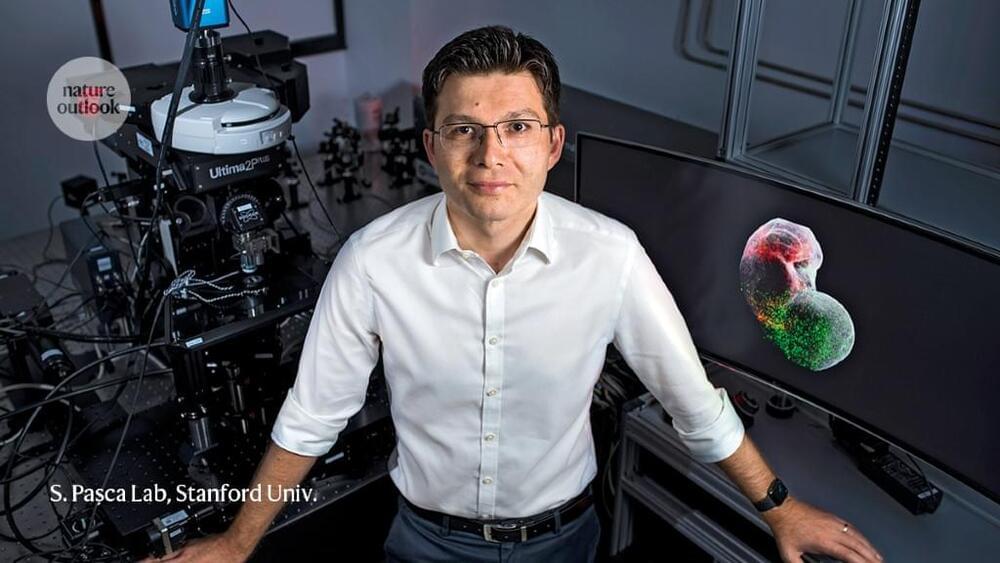Zuva, a document processing startup spun out from Kira Systems, has raised $20 million in venture capital.
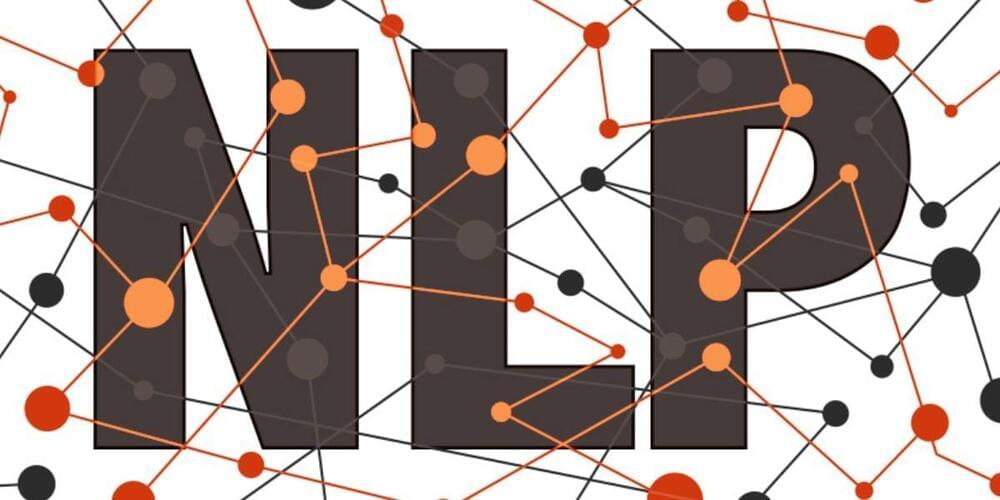

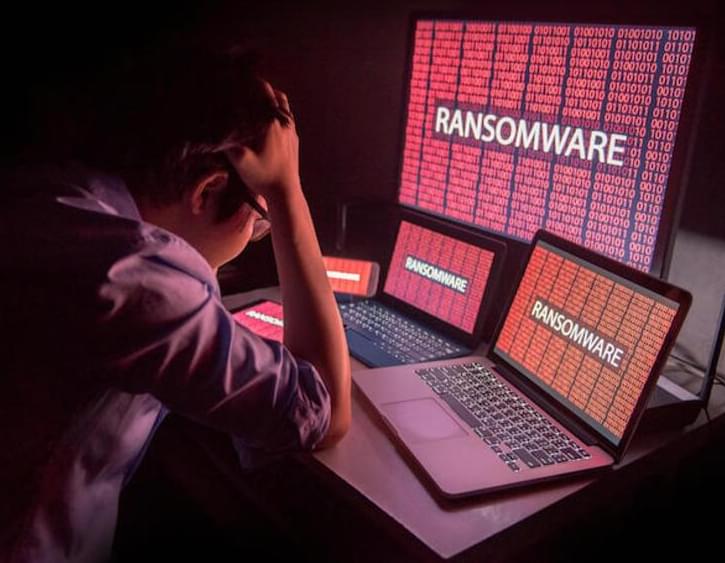
A ransomware gang called Vice Society claims it grabbed confidential data such as patient benefits, financial documents and lab results.
Another health care provider has apparently been the victim of a ransomware attack that exposed private patient information and other sensitive data. A ransomware group known as Vice Society has claimed responsibility for an August attack against United Health Centers that allegedly impacted all of its locations. The incident reportedly led to the theft of patient data and forced the organization to shut down its entire network, BleepingComputer reported on Friday.
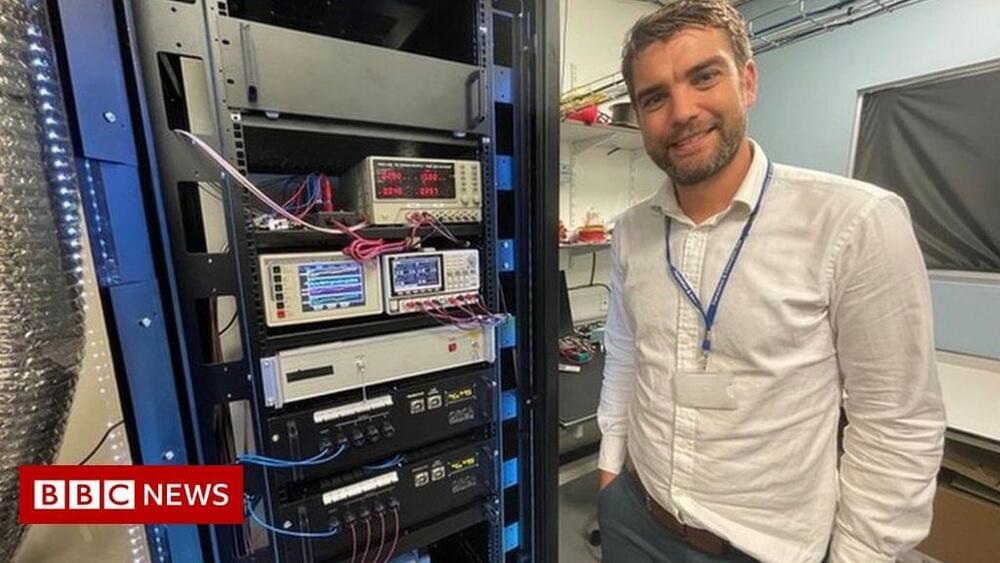
Following a launch in late August and a month-long stay in orbit, SpaceX and NASA are preparing to return the CRS-23 (Commercial Resupply Services 23) mission from the International Space Station (ISS). Cargo Dragon undocked from the station on Thursday, September 30 at 13:12 UTC, with a splashdown in the Atlantic Ocean planned for Friday, October 1 at 03:00 UTC.
CRS-23 uses Cargo Dragon C208-2, a Cargo Dragon 2 spacecraft from SpaceX. The spacecraft will conclude its second flight to space when it splashes down on Friday, previously launching on the CRS-21 mission in December 2020.
Unlike Crew Dragon missions, Cargo Dragon spacecraft are not named and instead are referred to by their serial number. Crew Dragon spacecraft are given their names by the first crew that flies in them.

Honda builds much more than cars and trucks — power equipment, solar cells, industrial robotics, alternative fuel engines and even aircraft are all part of the company’s production capacity. On Thursday, Honda announced that it is working to further expand its manufacturing portfolio to include Avatar-style remote telepresence robots and electric VTOLs for inter-and intracity commutes before turning its ambitions to building a fuel-cell driven power generation system for the lunar surface.
For its eVTOL, Honda plans to leverage not only the lithium battery technology it’s developed for its EV and PHEV vehicles but also a gas turbine hybrid power unit to give the future aircraft enough range to handle regional inter-city flights as well. Honda foresees air taxis as a ubiquitous part of tomorrow’s transportation landscape, seamlessly integrating with both autonomous ground vehicles and traditional airliners (though they could soon be flown by robots as well). Obviously, the program is still very much in the early research phase and will likely remain so until at least the second half of this decade. The company anticipates having prototype units available for testing and certification by the 2030s and a full commercial rollout sometime around 2040.
Honda will have plenty of competition if and when it does get its eVTOLs off the ground. Cadillac showed off its single-seater aircar earlier this year, while Joby (in partnership with NASA) already has full-scale mockups flying. In June, Slovakian transportation startup, Klein Vision, flew from Nitra and to the Bratislava airport in its inaugural inter-city flight — and then drove home after the event. But building a fleet of flying taxis is no easy feat — just ask Bell helicopters — and we’re sure to see more companies drop out of the sector before eVTOLs become commonplace.
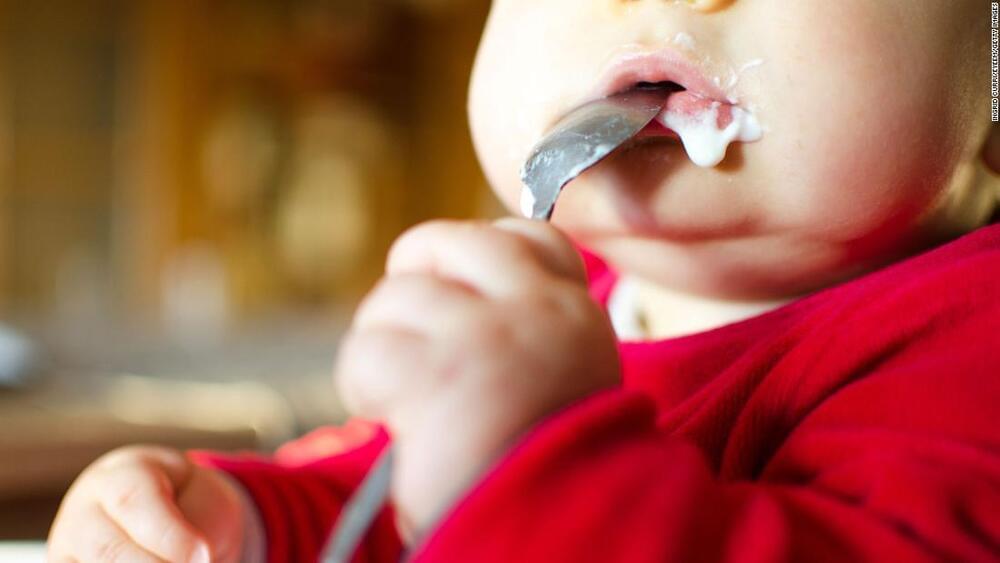
The testing found 95% of sampled baby foods contained lead, 73% contained arsenic, 75% contained cadmium and 32% contained mercury. One fourth of the baby foods contained all four heavy metals. The results mimicked a previous study by the US Food and Drug Administration that found one or more of the same metals in 33 of 39 types of baby food tested.
Just months after a congressional investigation found manufacturers have failed to test for toxic metals in the baby foods they sell, lawmakers report that some companies are not testing and removing these products from the marketplace.

Metabolism and total energy expenditure change throughout our lives, and now a new study documents a series of distinct, related changes in unprecedented detail. The data – drawn from a large cohort of humans spanning from birth to old age – shed new light on human development and aging and could help shape targeted nutrition and health strategies across the human lifespan.
The complex machine that is the human body requires a substantial amount of energy to fuel day-to-day physical activity and sustain life. However, while energy use is central to understanding many aspects of human health and physiology, including daily nutritional requirements and metabolic investment in myriad activities, very little is known about total energy expenditure in humans or how it varies over the human lifespan.
Most large-scale surveys of human energy expenditure have focused on basal expenditure, which only accounts for roughly half of total expenditure. And, while doubly labeled water (DLW) studies can provide a measure of total energy expenditure in free-living individuals, they, too, are often limited in sample size and diversity.

Here’s some beauty for your timeline: a stunning and ancient globular cluster captured by the venerable Hubble Space Telescope. The telescope’s Wide Field Camera 3 and Advanced Camera for Surveys was used to take this picture of ESO 520–21 (also known as Palomar 6), which is located about 25,000 light years away from Earth. Scientists say this globular cluster is probably about 12.4 billion years old.
Globular clusters are collections of tightly bound stars orbiting galaxies. Astronomers consider them as natural laboratories which enablie studies on the evolution of stars and galaxies. In particular, globular clusters could help researchers better understand the formation history and evolution of early type galaxies, as the origin of GCs seems to be closely linked to periods of intense star formation.
ESO 520–21 lies close to the center of the Milky Way, and from our vantage point on Earth, is in the constellation Ophiuchus. It’s location near the celestial equator is where interstellar gas and dust absorb starlight, which make observations more challenging.
LIVE.
UNTV Live Schedule — 28 September 2021.
9:00
“Jobs and Social Protection for Poverty Eradication”
10:00
Security Council – The Situation in the Middle East (Syria)
12:00
